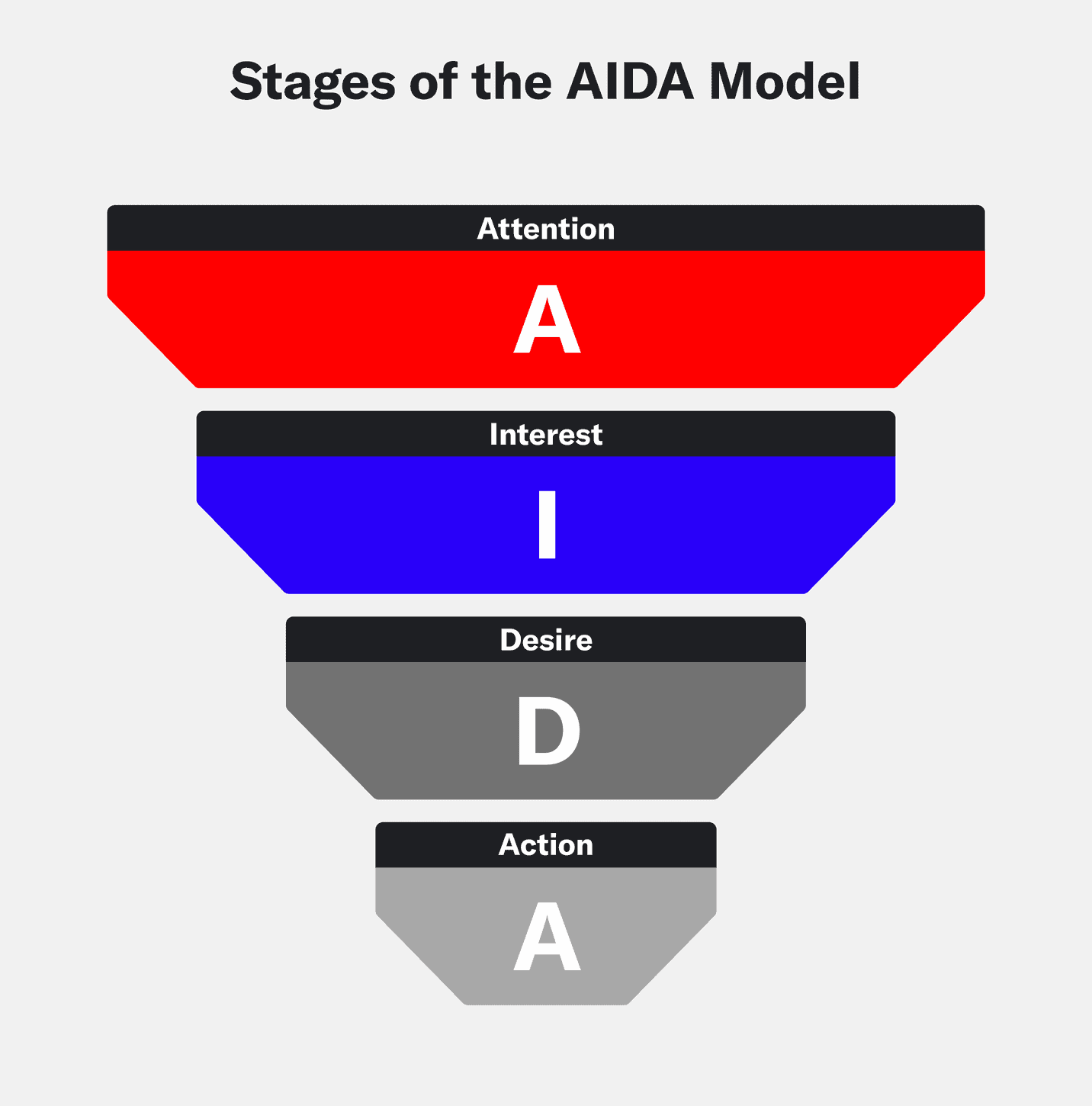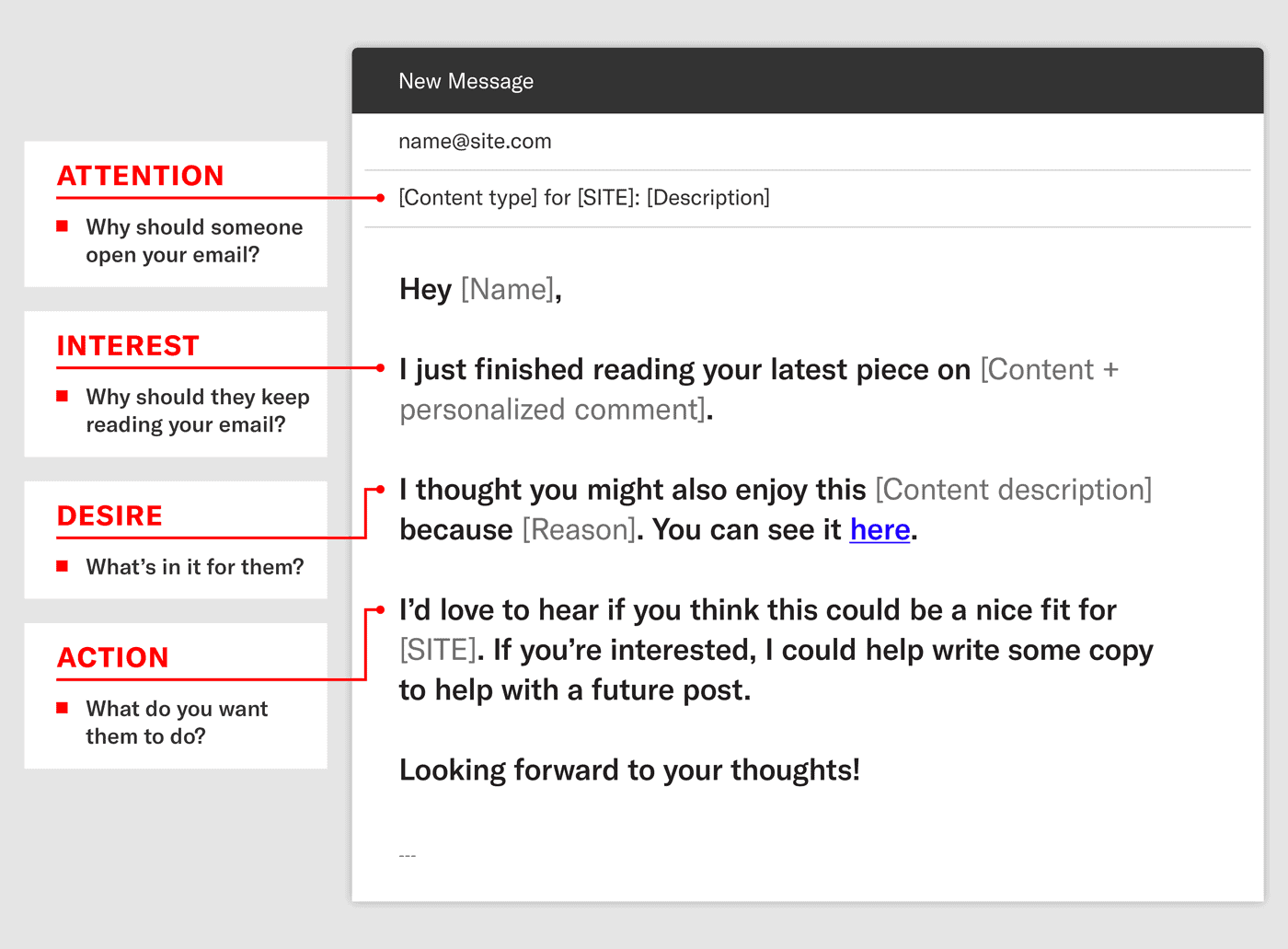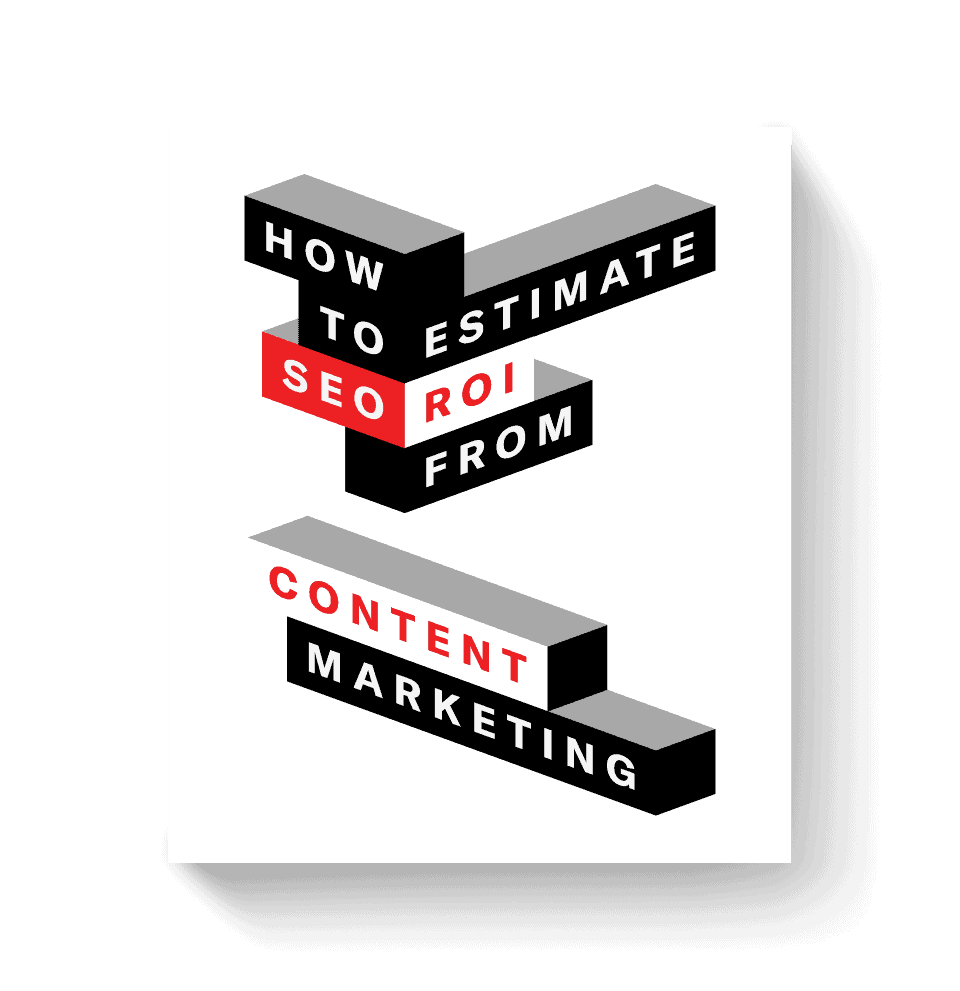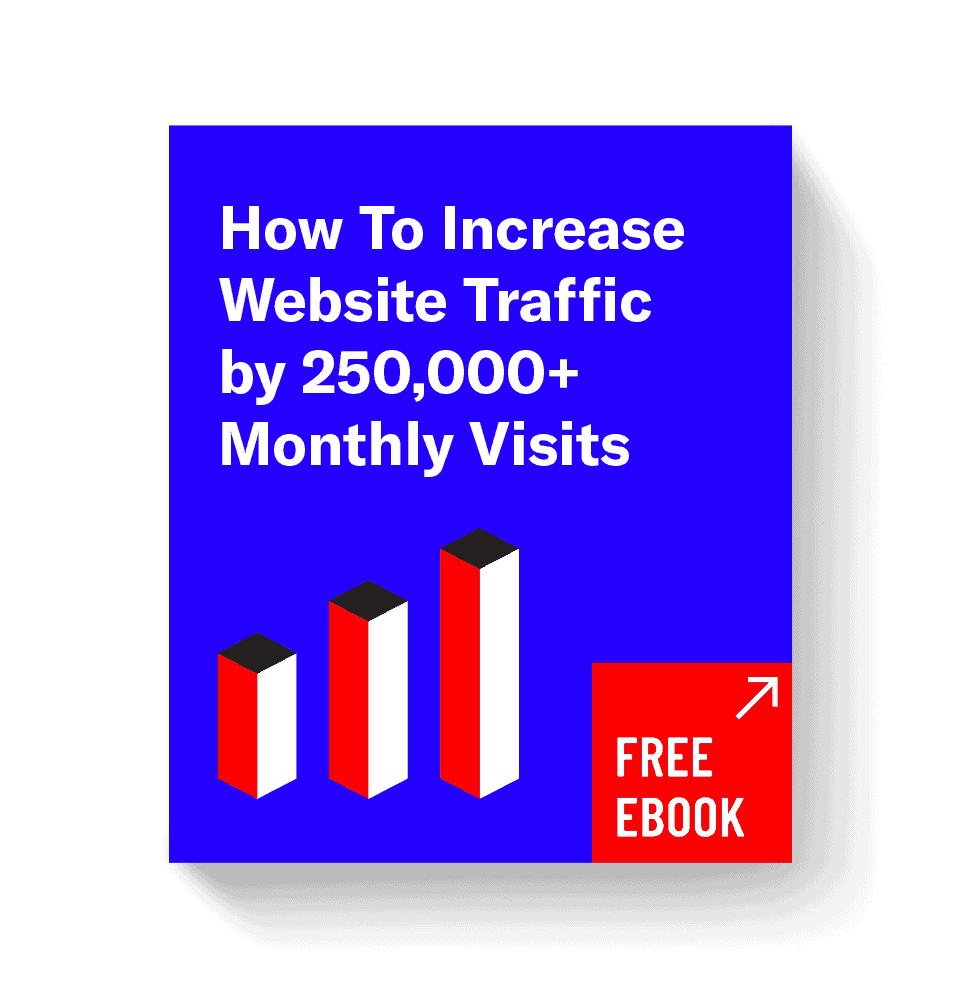What if we told you that even copywriters had formulas? The AIDA model is just that — a marketing formula that stands for attention, interest, desire, and action. Content marketers use it to convert readers into full-fledged customers.
We also use it for email outreach to earn high-authority placements from journalists and bloggers. Keep reading to learn how to apply AIDA to your own marketing efforts and create great content that boosts rankings and converts leads.
What is the AIDA Model?
The AIDA model was developed by Elmo Lewis in 1898. It’s a marketing framework that breaks down the customer purchase process into four stages: attention, interest, desire, and action.
Customers move through each stage, interacting with your product or service until they convert into a customer:
- Attention: Pique your audience’s interest.
- Interest: Entice them to become a lead.
- Desire: Ensure your lead wants the product.
- Action: Move the lead to convert into a customer.
The sales, marketing, and public relations industries use the AIDA model because it offers a simple copywriting formula for attracting, engaging, and converting leads.
How to Use the AIDA Model
We use AIDA most often for creating blog content and email outreach, but many mediums can replicate the formula. Follow the steps below to incorporate it into your next project.
Phase 1: Attention
Like with any good pickup line, you have to open your content with a hook. This is especially important for writing email subject lines and headlines, where you often compete with hundreds of others..
To create attention-grabbing copy, consider what your audience or customer persona cares about. Think about their background, industry, obstacles, motivations, and even seasonality to determine why they may be interested in hearing from you.
Some AIDA marketing examples for the Attention phase include:
- Press releases
- Podcasts
- Landing pages
- Marketing campaigns
Phase 2: Interest
After snagging your audience’s attention, you have to keep it. What is it about your voice that makes them continue reading your email or blog post? Captivating readers can encourage them to stay on your page longer and engage with more of your content.
Personalization is a great way to connect with readers or prospects to show them you understand their needs. Add enough information to keep them engaged, but don’t overwhelm them or pile on irrelevant talking points.
For the Interest phase, look into the following examples:
- Blog posts
- Social proof
- Testimonials
- Email campaigns
- Newsletters
- Product pages
Phase 3: Desire
OK, so your audience is hooked and shows interest — what now?
Offer them a product that they actually want. Create a pitch, and back it up with concrete benefits for them to turn their interest into a desire. How will you make their life easier? To increase your credibility, showcase your past and current work, case studies, or testimonials to nudge them to the next stage.
Here’s what to include in the Desire phase:
- Case studies
- Customer quotes
- eBooks
- Templates
- Printables
- Gated assets
Phase 4: Action
Round out your pitch or content with a clear and concise CTA. Be direct about the next steps you want the prospect to take. Should they fill out a contact form or respond directly to your email? Don’t confuse them with too many options or a vague “Let me know what you think” signoff.
As a bonus, reduce friction for them by providing additional assets. This can be a link to your data for a study you’re pitching, statistics for previous customer work, or a trend report to show your potential value. They are more likely to take action if you make their life easier.
Here’s how to call your lead to action:
- Create “learn more” buttons.
- Point to more content or products at the end of blog posts.
- Encourage them to subscribe to your newsletter when downloading gated assets.
- Ensure your CTA adds value to the user experience.
AIDA Model Examples in Action
Now that we’ve walked through what AIDA is and how it works, here are some examples of how you can use it to level up your creative content marketing efforts.
Making Contract Lifecycles Fun
When you think of contract lifecycle management, “fun” might be the last word to come to mind. However, in this Siege-created post for ContractSafe, our content marketing specialist cleverly tied “lifecycle” to something as grand as the water cycle and as small as rotting Greek yogurt.
By creating a relatable analogy for something that may hold people at arm’s length, the writer used AIDA to grab — and retain — the reader’s attention throughout the post.
Relate to Personal Experiences
What’s harder than creating a bottom-funnel software comparison post? One that hooks the audience in the first sentence.
In this Siege-generated post for Zapier, our content marketing specialist expertly used casual language and personal life experience to grab the audience’s attention and create interest for the reader.
Writing Blog Posts for Conversion
When it comes down to it, you want readers to spend more time on your site. Follow the outline template below to decrease bounce rates, increase engagement, and even get people to convert.
- Attention: Use punchy blog titles to create interest in your topic.
- Interest: Satisfy search intent and impress with great design.
- Desire: Write benefit-focused copy and include helpful resources.
- Action: Include links to other content, sidebar CTA buttons, or lead forms to increase conversions.
Conducting Outreach for Coverage
Don’t be afraid to use the AIDA model for advertising. You may worry that pitching to strangers often results in ignored emails or rejections, but it doesn’t have to be that way. Here’s how we use the AIDA model during outreach to stand out in inboxes, build relationships, and ultimately get journalists and bloggers to share our content.
- Attention: Write eye-catching subject lines to ensure your audience opens it.
- Interest: Personalize your email to show them why you’re reaching out.
- Desire: Describe how they can benefit from your content.
- Action: Ask if they’re interested in sharing on their site.
Need help with outreach? Siege Media offers digital PR services to help you do the heavy lifting.
AIDA for Marketing Can Drive Results
Content needs to strike a delicate balance between a reader focus and being results-driven — that’s where AIDA comes in. Use the AIDA model as a content framework to help you create helpful resources that resonate with your audience while converting them into customers.
If you’ve been paying any attention, you already know this is where we ask you to do something. So, if you found this post useful, subscribe to the Siege blog for more copywriting tips, or check out our content marketing services to see proven results for yourself.








